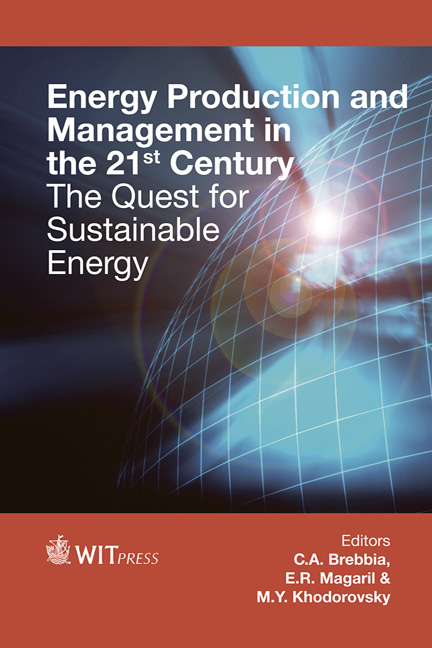Investigation Into The Effects Of Fuel Composition On The Emission Characteristics Of A Low-speed Direct Injection Engine
Price
Free (open access)
Transaction
Volume
190
Pages
10
Page Range
1151 - 1160
Published
2014
Size
496 kb
Paper DOI
10.2495/EQ141072
Copyright
WIT Press
Author(s)
K. B. K. Ibrahim & I. A. Rufai
Abstract
This paper presents the results of an investigation into the effect of fuel composition on the emission characteristics of a four stroke, single cylinder, Viking super direct injection diesel engine run at different operating conditions using diesel fuel and soybean biodiesel blends (B15, B20 and B25). A PerkinElmer 2400 series CHNS/O elemental analyser was used in determining the fuel composition. Exhaust emission testing was conducted using Crowcon gas sensors to quantify the concentration of Nitrogen dioxide (NO2), carbon monoxide (CO) and sulphur dioxide (SO2) from the exhaust gases. The relationships between the exhaust emissions, engine speed, torque, throttle position and elemental fuel composition have been reported. The predictive model equations were developed using multiple regression analysis to predict exhaust emissions. The results show that the engine that is run on B15 gives the lowest levels of Nitrogen dioxide (NO2) emissions of 2.58 ppm, carbon monoxide (CO) emissions of 0.153 ppm and sulphur dioxide (SO2) emissions of 6.5 ppm when compared to other fuel blends. This outcome signals the possibility of using B15 as an alternative fuel to diesel for a healthier environment. Keywords: fuel composition, soya biodiesel, emissions, environmental pollution.
Keywords
fuel composition, soya biodiesel, emissions, environmental pollution.





